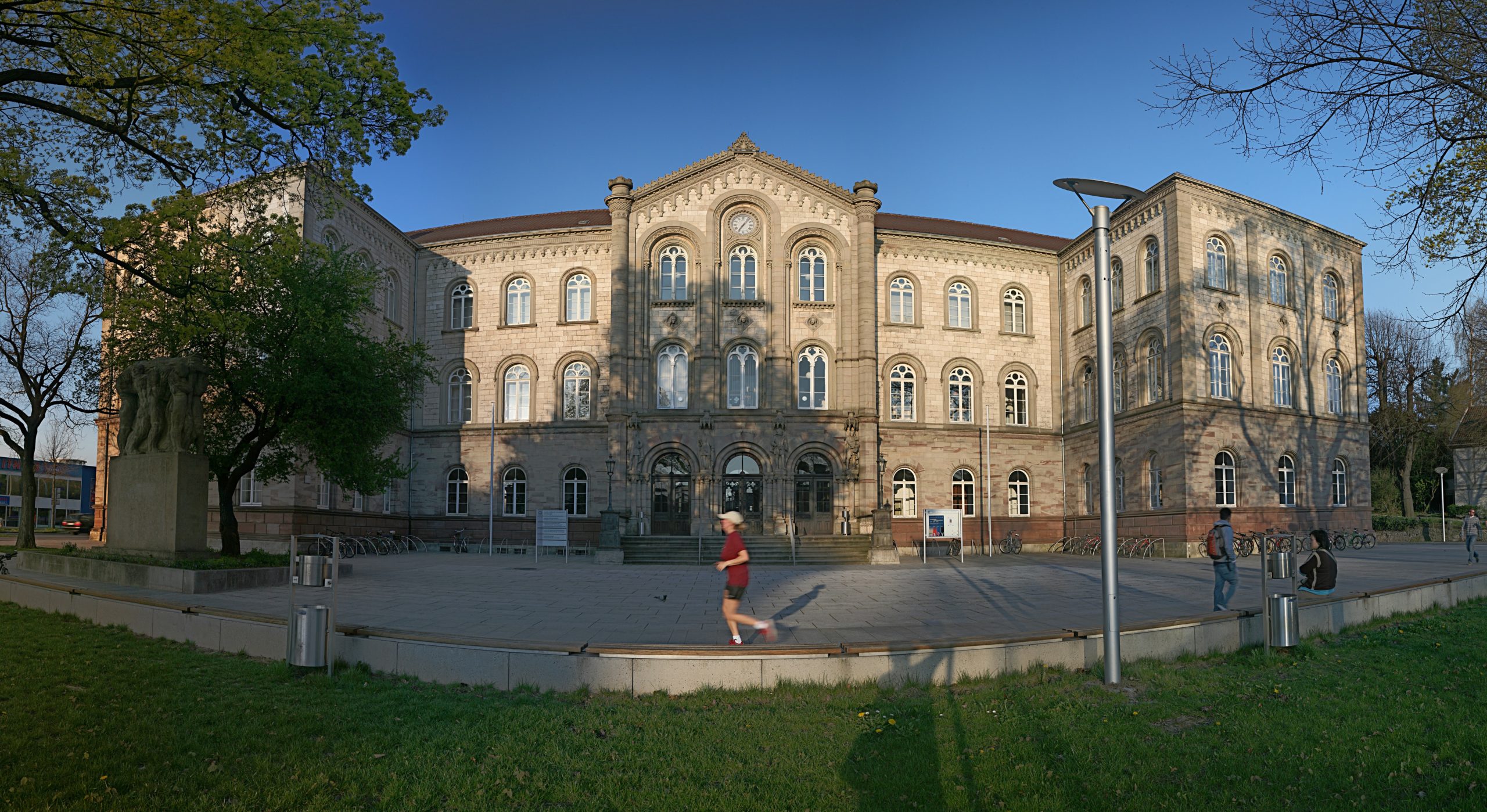University Of Göttingen Agroecologists Trace Local Cacao Varieties With High Biodiversity And Fine Flavours
In the western Amazon region, cacao has been cultivated since prehistoric times and the area is a valuable resource for genetic diversity of cacao plants. There is growing interest here in switching cultivation from high-yielding but mostly low-quality cacao to indigenous cacao varieties that produce chocolate with particularly fine flavours. This could enable smallholder farmers to obtain higher prices, as an international team of researchers led by the University of Göttingen has shown. In addition, these varieties could adapt better to the local climate and growing conditions. Further benefits include promoting local biodiversity and ecosystem services such as pollination and biological pest control. The results were published in the journal Conservation Letters.
More than six million smallholder farmers who live on less than two dollars a day rely on growing cacao in the tropics. How can the system conserve biodiversity while securing the economic livelihood of its producers? In fact, by cultivating indigenous cacao varieties, there are opportunities for developing a more biodiversity-friendly and productive land use system. However, the potential genetic diversity of wild, native cacao plant populations originating from Peru and neighbouring countries is at risk due to the introduction of modified crops and the destruction of forest sites. There has also been a lack of resources to protect the remaining genetic diversity. “This is happening even though the potential of neglected and little-used plant varieties for both society and ecology is well known,” emphasises agroecologist Professor Teja Tscharntke, University of Göttingen, who led the research.
Experience from the successful conversion of plantations with non-indigenous cacao varieties to agroforestry with varieties to produce fine-flavoured cocoa, alongside rejuvenation by grafting plants, shows that a smooth transition is possible with only minor and short-term losses in productivity. “This also requires selection programmes for high-yielding and disease-resistant indigenous cacao genotypes that produce this fine flavour, as well as the organisation of smallholder farmers into cooperatives to cushion the high fluctuations on the cacao market,” adds agroecologist Dr Carolina Ocampo-Ariza, Göttingen.
The conclusion of the international team – which includes researchers from Germany, Austria and Peru – is that the current interest in the production of high-quality, indigenous cacao in countries like Peru is a new challenge that could deliver positive results for society, ecology and conservation alike.

